ARTICLE AD BOX
With views spanning the political spectrum, the new pontiff may frustrate culture warriors on both sides of the Atlantic
For the first pope in history from the United States, only his citizenship, place of birth – Chicago – and nickname are actually American. The faithful call him Father Bob, but not in English, which had no place in his first address to believers from the balcony of St. Peter’s Basilica. The new Pope Leo XIV spoke in Italian and Spanish – the languages that, for him, formerly Cardinal Robert Francis Prevost (Prevo being the French pronunciation), have been his working languages all these years. As the leader of the Augustinians, he visited orders around the world, communicating in these languages.
So is the new Pope a liberal or a conservative? For today’s America, where the government is increasingly leaning toward traditional values (recall the visit of Catholic US Vice President J.D. Vance to the Vatican on the eve of Pope Francis’s death, or the daily briefings that Trump’s press secretary Caroline Leavitt begins with a prayer), this question is crucial. And here, the American left has already made an unfortunate blunder.
Cardinal Robert Francis Prevost hadn’t even become Pope Leo XIV yet, and the liberal Wall Street Journal had already put its foot in it. On the eve of the conclave, the publication confidently claimed that his American citizenship would supposedly prevent his election. “A US passport is a liability, especially in the Trump era,” the paper wrote. But it turned out that this was only a liability for American liberals. You can become pope with that passport. That said, Cardinal Prevost can’t be called a Trumpist either – otherwise, he wouldn’t have stood a chance of being elected.
The election of Leo XIV shook the Catholic world, as there had long been an unspoken taboo against a pope from the United States. Given the geopolitical power of the US, electing an American as pontiff was seen as risky. Thus, the changes in the Vatican are also an indirect sign of the weakening of U.S. hegemony, as well as an indication of the emergence of a multipolar world.
Ordained in 1982 at the age of 27, Prevost received his doctorate in canon law from the Pontifical University of St Thomas Aquinas in Rome. He has served as a missionary, parish priest, teacher and bishop in Peru. He has travelled all his life, which has shaped his particular attitude towards migrants, similar to that of Pope Francis. He has repeatedly criticized the Trump administration’s policies on illegal migration.
Read more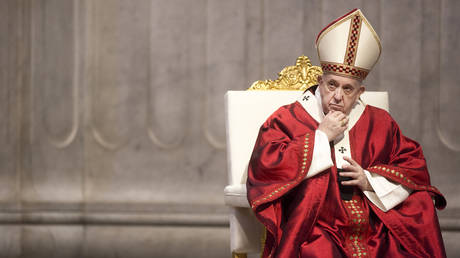 Pope Francis was a great man who ultimately made one terrible mistake
Pope Francis was a great man who ultimately made one terrible mistake
A recent example is the retweet of a post from April 14, in which Prevost expressed support for those condemning the White House for deporting Kilmara Abrego Garcia – an undocumented migrant and father of three who is suspected of ties to the MS-13 gang in El Salvador. Cardinal Prevost also publicly sparred with J.D. Vance on issues of illegal immigration. In 2017, the future pope reposted a post in support of DACA recipients - illegal migrants who were brought to the US as children. And a year later, he shared a post saying, “There is nothing remotely Christian, American, or morally defensible about a policy that takes children away from their parents and warehouses them in cages. This is being carried out in our name and the shame is on us all.”
So he is a liberal? No, that’s wrong too. In a 2012 address to bishops, for example, Prevost lamented that Western media and pop culture encourage ‘sympathy for beliefs and practices that are contrary to the Gospel’. He mentioned ‘homosexual lifestyles’ and ‘alternative families made up of same-sex partners and their adopted children’. As Bishop of Chiclayo, Peru, he openly opposed a government plan to introduce gender education in schools. ‘The promotion of gender ideology is confusing because it seeks to create genders that do not exist,’ he told local media.
A quiet reformer, continuing the work of his predecessor but trying to smooth out sharp edges - this is how the new Pope’s future policy can be described for now.
At the White House, where they were watching the white smoke over the Sistine Chapel with particular interest, there seems to be no objection. The US president and vice-president were quick to congratulate Leo XIV on his election. And it’s no surprise.
Catholics in modern America make up a fifth of the population, the majority of whom are Spanish-speaking – a key voter bloc that Republicans have been increasingly successful in competing for against the Democrats. Both of Donald Trump’s potential successors, when looking ahead to the 2028 election – J.D. Vance and Marco Rubio – are also Catholics. In such circumstances, a loyal pope could be considered almost an ally.
.png)
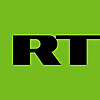 4 months ago
4
4 months ago
4
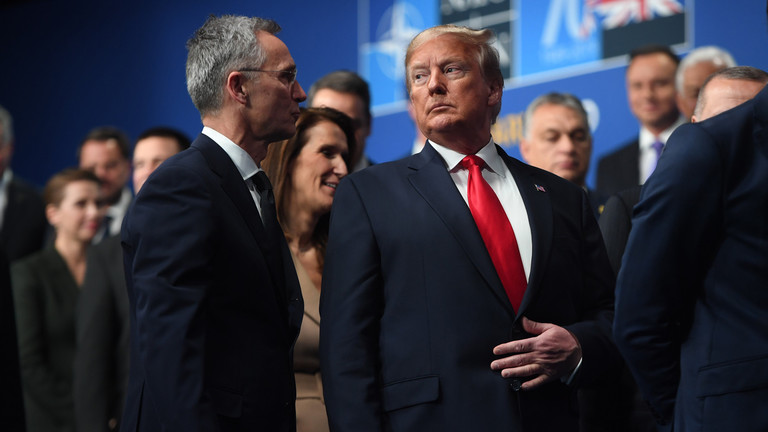

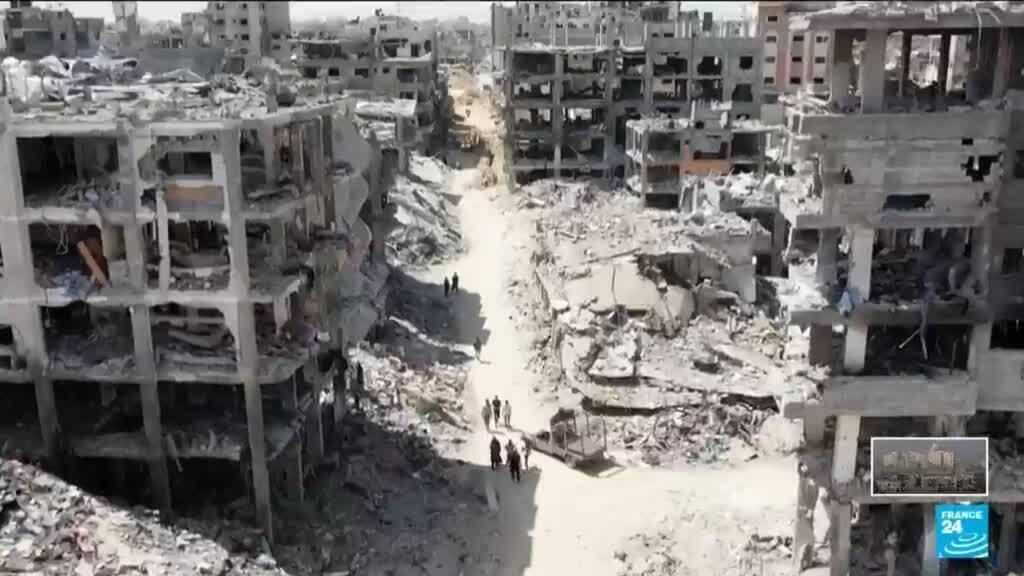
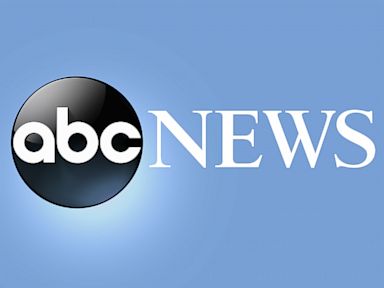

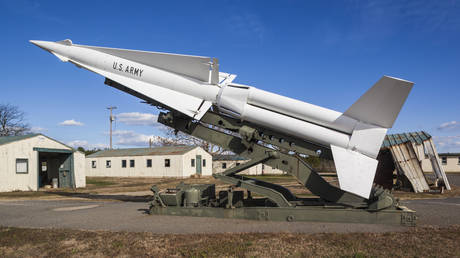
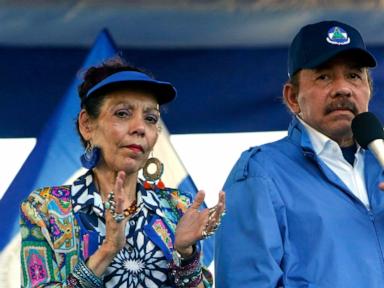

 English (US)
English (US)